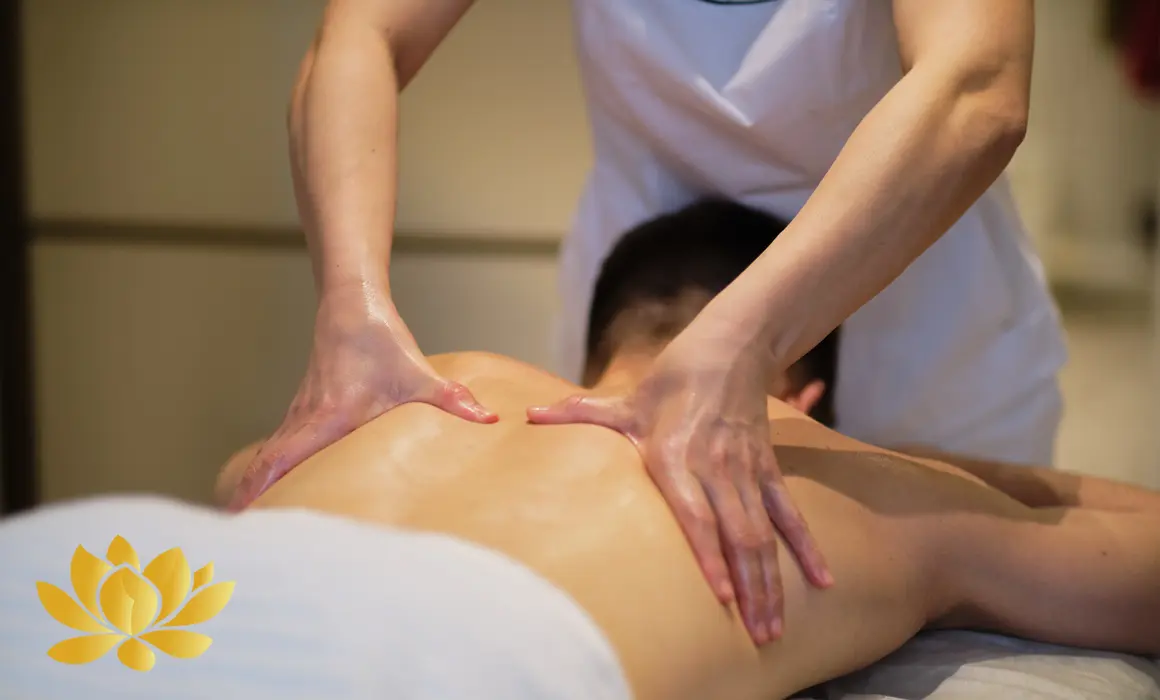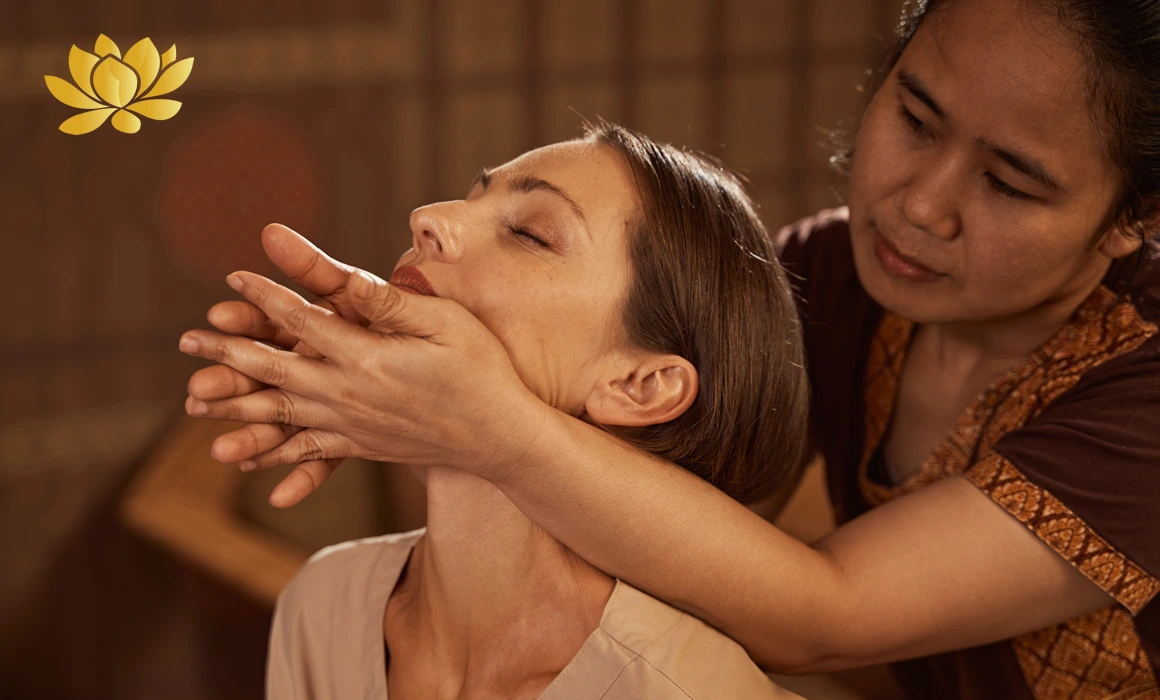
Why Most People Are Booking Massages All Wrong
We’ve all been there: a stressful week, a nagging ache in the shoulders, or just a general feeling of needing a reset. What’s the immediate solution that springs to mind for many of us, especially here in the bustling heart of Metro Manila? A massage, of course! We hop online, search for “massage near me,” maybe filter by price, pick the earliest available slot, and assume we’ve done our due diligence. We arrive, hoping for a magical transformation, and often leave feeling better, but perhaps not fully revitalized, or wondering why that persistent knot still lingers.
This common scenario, while offering temporary relief, often masks a deeper truth: most people are booking massages all wrong.
It’s not about the therapist’s skill (though that’s undeniably crucial), nor is it about the cleanliness of the spa (a given, especially in a city as conscious of hygiene as ours). It’s about a fundamental misunderstanding of what massage therapy truly is, how to effectively communicate your needs, and how to integrate it into a holistic wellness strategy. In the fast-paced life of a Filipino urbanite, where time is a precious commodity, we often treat massages as a quick fix rather than a thoughtful investment in our long-term health. Let’s unravel the common pitfalls and guide you towards a more effective, truly therapeutic massage experience.
The “One-Size-Fits-All” Fallacy: You Are Not Just “Stressed”
The most significant mistake people make is approaching massage with a generic request. “I’m stressed,” or “My back hurts,” are common refrains. While valid, these statements are broad and offer little actionable insight for a therapist. Imagine going to a doctor and saying, “I feel sick.” They’d ask for more details, wouldn’t they? The same principle applies here.
The Problem: Many individuals, whether they’re a call center agent hunched over a keyboard in Makati, a construction worker in Quezon City, or a busy entrepreneur navigating traffic in Pasig, simplify their complex physical and emotional landscape into a single, often vague complaint. They expect the therapist to magically intuit the root cause of their discomfort.
The Solution: Before you even book, take a moment for self-reflection.
- Pinpoint the Pain: Is it a dull ache or a sharp pain? Does it radiate? Is it constant or intermittent? Where exactly is it located (upper back, lower back, neck, specific muscle)?
- Identify the Cause (if known): Did you sleep funny? Was it a new workout routine? Hours spent in a particular posture at work? Stress from a deadline? Even if you don’t know the exact cause, considering recent activities helps.
- Rate Your Discomfort: Use a scale of 1-10. This gives the therapist a benchmark.
- Consider Lifestyle Factors: Are you dehydrated? Are you getting enough sleep? Are you particularly sedentary or overly active?
For example, instead of “My back hurts,” try: “I have a dull ache in my lower back, just above my hips, which seems to worsen after sitting for long periods at my desk. I’d say it’s about a 6/10 today.” This immediately provides a roadmap for the therapist.
Mistake #2: Choosing the Wrong Type of Massage for Your Needs
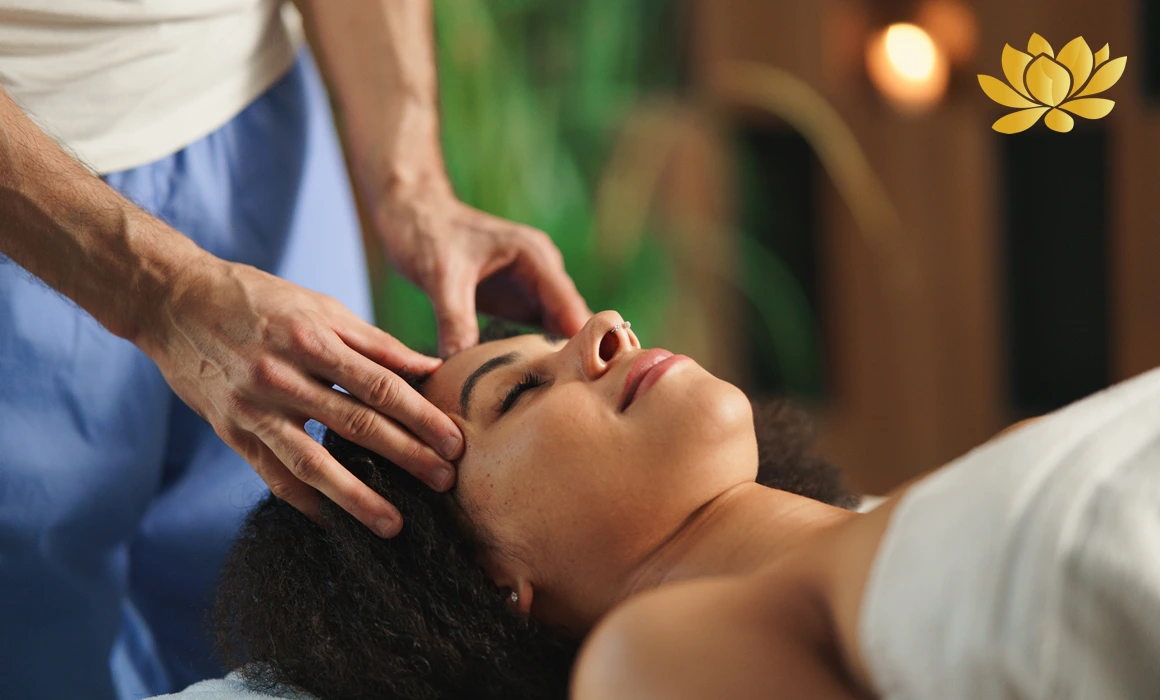
Here in the Philippines, we are blessed with an abundance of massage styles, from the traditional Hilot to Swedish, Shiatsu, Thai, deep tissue, and hot stone massages, not to mention specialized treatments like lymphatic drainage or prenatal massage. Yet, many people default to what they’ve always known, or worse, pick based on the catchiest name or the lowest price.
The Problem: Booking a relaxing Swedish massage when you desperately need deep tissue work for chronic muscle knots, or opting for a vigorous Thai massage when your body is craving gentle relaxation, is like bringing a spoon to a knife fight. You might get some results, but it won’t be optimal.
The Solution: Understand the Options and Match Them to Your Goal.
Let’s break down some popular massage types and their ideal applications:
- Swedish Massage: The classic relaxation massage. Uses long, flowing strokes, kneading, circular movements, and gentle tapping.
- Best for: General relaxation, stress reduction, improving circulation, easing minor muscle tension, first-time massage goers. If you just need to unwind after a tough week in the city, this is your go-to.
- Deep Tissue Massage: Focuses on deeper layers of muscle and connective tissue. Uses more intense pressure to address chronic muscle pain, stiffness, and knots.
- Best for: Chronic pain, muscle damage from injury (e.g., whiplash, sports injuries), postural problems, carpal tunnel syndrome, sciatic pain. If you have specific, persistent knots or aches, especially common amongst those with physically demanding jobs or desk-bound professions that lead to poor posture, deep tissue is often necessary.
- Shiatsu Massage (Japanese): Uses rhythmic pressure along acupuncture meridians to stimulate energy flow (Qi). Often performed on a mat, fully clothed.
- Best for: Stress reduction, fatigue, improving flexibility, alleviating headaches and migraines, general wellness.
- Thai Massage: Combines acupressure, Ayurvedic principles, and assisted yoga postures. It’s dynamic and involves stretching the body into various positions. Also performed on a mat, fully clothed.
- Best for: Increasing flexibility, improving range of motion, energy boosts, relieving muscle tension and stiffness, postural alignment.
- Hot Stone Massage: Uses smooth, heated stones placed on specific points of the body or used to massage the muscles. The heat helps to relax muscles deeply.
- Best for: Deep relaxation, alleviating muscle stiffness, improving circulation, stress relief.
- Hilot (Traditional Filipino Massage): A traditional healing art that uses warm oil (often coconut oil), banana leaves, and the therapist’s skilled hands to diagnose and treat “blocked energy” or imbalances in the body. It’s often used for sprains, muscle aches, and even certain internal ailments.
- Best for: Culturally immersive healing, addressing specific localized aches and pains, restoring balance, promoting natural healing. It’s often a more intuitive, diagnostic approach.
- Sports Massage: Designed for athletes (or those with active lifestyles) to prevent and treat injuries, improve performance, and aid recovery.
- Best for: Pre/post-event conditioning, injury recovery, muscle soreness, improving flexibility and range of motion for specific athletic activities.
When booking, don’t just ask for “a massage.” Ask for “a deep tissue massage for my lower back,” or “a Swedish massage for general relaxation.” If you’re unsure, describe your symptoms to the spa receptionist and ask for their recommendation.
Mistake #3: Lack of Communication During the Session
You’re on the table, the therapist is working, and the pressure is either too much or not enough. You wince, you try to subtly shift, but do you speak up? Often, no. We Filipinos are often polite to a fault, sometimes to our own detriment. We don’t want to offend the therapist, or we assume they know best.
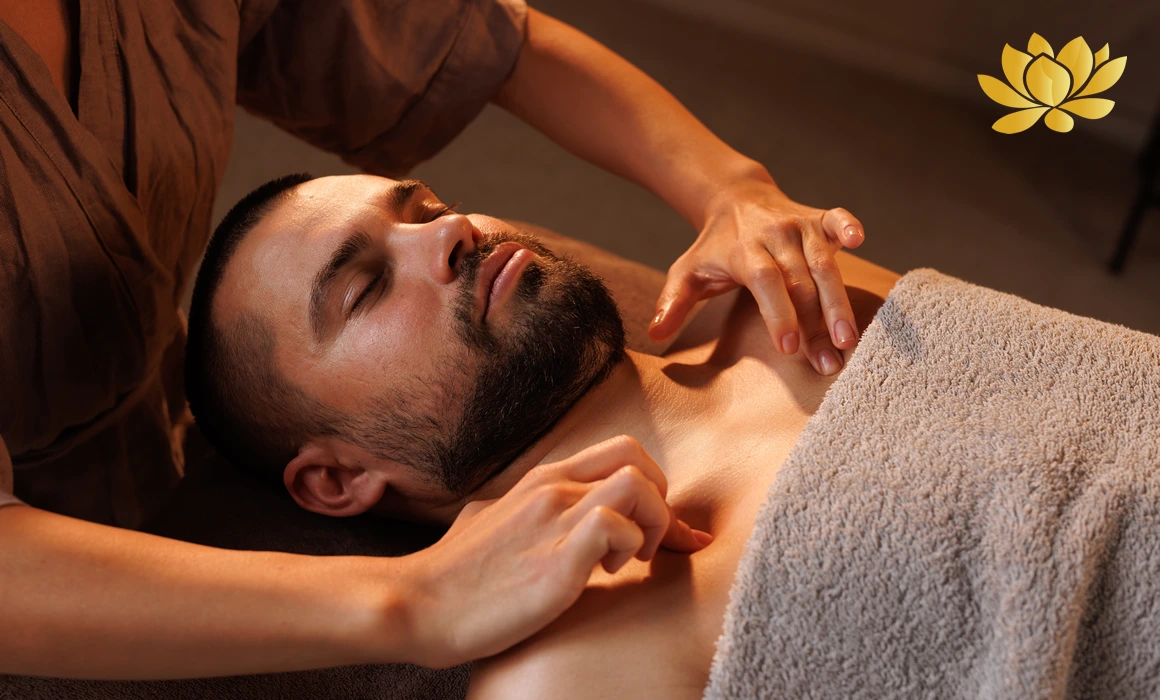
The Problem: The therapist is not a mind-reader. While experienced therapists are adept at reading body language, they cannot truly know your comfort level without your explicit feedback. Too much pressure can cause bruising or muscle guarding (where your muscles tense up, counteracting the massage), while too little pressure can make the session ineffective.
The Solution: Be Your Own Advocate!
- Before the Session: Reiterate your specific concerns and desired pressure level. “I’m looking for medium-to-firm pressure on my shoulders, but light pressure on my neck.”
- During the Session:
- “More pressure, please.” Don’t be shy!
- “Less pressure here, it’s a bit too much.” It’s perfectly acceptable.
- “Could you spend more time on my lower back?” Direct the therapist to areas that need more attention.
- “Can you avoid my ______? It’s sensitive/injured.” Crucial for injury prevention.
- “I’m feeling a bit cold/hot.” Your comfort with temperature is important too.
- Feedback is a Gift: A good therapist wants your feedback. It helps them tailor the massage to your individual needs and ensures you have the best possible experience. Don’t worry about being impolite; you are paying for a service, and effective communication is part of that.
Mistake #4: Not Considering the Therapist’s Specialization and Experience
Just like doctors, massage therapists often have areas of specialization. Some excel at deep tissue, others at prenatal, and some are particularly skilled in traditional modalities like Hilot.
The Problem: Many of us simply pick “the next available therapist” without inquiring about their strengths or experience, especially in larger spas or chains where the therapist is assigned. This is often unavoidable in a pinch, but for recurring sessions or specific issues, it’s not ideal.
The Solution: Do Your Research and Request!
- Ask the Receptionist: When booking, inquire about therapists who specialize in your particular need (e.g., “Do you have a therapist who is particularly good with chronic lower back pain?” or “Who is your most experienced deep tissue therapist?”).
- Look for Certifications: Some therapists will have additional certifications in specific modalities (e.g., sports massage, myofascial release).
- Word of Mouth: Ask friends, colleagues, or even your doctor for recommendations for specific therapists. Here in Manila, the power of personal recommendation is huge!
- Stick with a Good Match: Once you find a therapist whose style and approach resonate with you, try to book with them consistently. They will become familiar with your body, your recurring issues, and your preferences, leading to increasingly effective sessions.
Mistake #5: Treating Massage as a Luxury, Not a Necessity
In the Philippines, massage is often seen as an indulgence, a treat for special occasions, or a last resort for acute pain. This mindset prevents many from integrating it into a regular wellness routine.

The Problem: Waiting until you’re in excruciating pain or completely burnt out before getting a massage is counterproductive. At that point, the therapist is playing catch-up, trying to undo weeks or months of tension and dysfunction. This often requires more intense, sometimes uncomfortable, sessions and more frequent visits initially.
The Solution: Proactive Wellness and Regular Maintenance.
- Prevention is Key: Regular massages (e.g., once a month, bi-weekly for specific issues) can prevent minor aches from becoming chronic problems, manage stress levels, improve circulation, and maintain muscle health. Think of it like changing the oil in your car – regular maintenance prevents breakdowns.
- Benefits Beyond Relaxation: While relaxation is a wonderful benefit, regular massage offers profound physiological advantages:
- Reduced muscle soreness and fatigue.
- Improved sleep quality.
- Enhanced immune function.
- Lowered blood pressure.
- Increased joint flexibility and range of motion.
- Reduced anxiety and depression.
- Improved posture.
- Faster recovery from injury or intense physical activity.
- Budgeting for Wellness: Just as you budget for food, utilities, and transportation, consider allocating funds for your physical and mental well-being. Look for spas that offer package deals or membership programs, which often make regular massages more affordable. Many local spas around Cubao, Taft, or even along EDSA offer competitive rates for quality massages, making it more accessible than many realize.
Mistake #6: Neglecting Pre- and Post-Massage Care
The massage doesn’t begin and end on the table. What you do before and after your session significantly impacts its effectiveness.
The Problem: Rushing to your appointment straight from a stressful meeting, being dehydrated, or immediately jumping back into intense activity post-massage can diminish the benefits.
The Solution: Optimize Your Experience.
- Before Your Massage:
- Hydrate: Drink water before your session. Well-hydrated muscles are more pliable and respond better to massage.
- Arrive Early: Give yourself 10-15 minutes to relax, fill out forms, and mentally prepare. Don’t rush in stressed.
- Shower (if possible): A warm shower can help relax your muscles beforehand.
- Avoid Heavy Meals/Alcohol: Eat something light, and definitely avoid alcohol, which can dehydrate you and reduce the effectiveness of the massage.
- After Your Massage:
- Hydrate, Hydrate, Hydrate! This is perhaps the most crucial post-massage step. Massage releases toxins from your muscles, and water helps flush them out, preventing post-massage soreness and headaches.
- Rest and Relax: Allow your body time to integrate the work. Avoid strenuous activities immediately after. Take a leisurely walk, or just enjoy the lingering sense of calm.
- Listen to Your Body: If you feel tender or sore, apply a cold compress if it’s an acute spot, or a warm compress for general muscle relaxation the next day.
- Stretch Gently: If your therapist gives you specific stretches, incorporate them into your routine.
- Observe Changes: Pay attention to how your body feels in the hours and days following the massage. Did it help your specific issue? Where do you still feel tension? This information is valuable for your next session.
Mistake #7: Being Unaware of Contraindications and Health Conditions
While massage is generally safe and beneficial, there are certain conditions where it might be contraindicated or require modification.
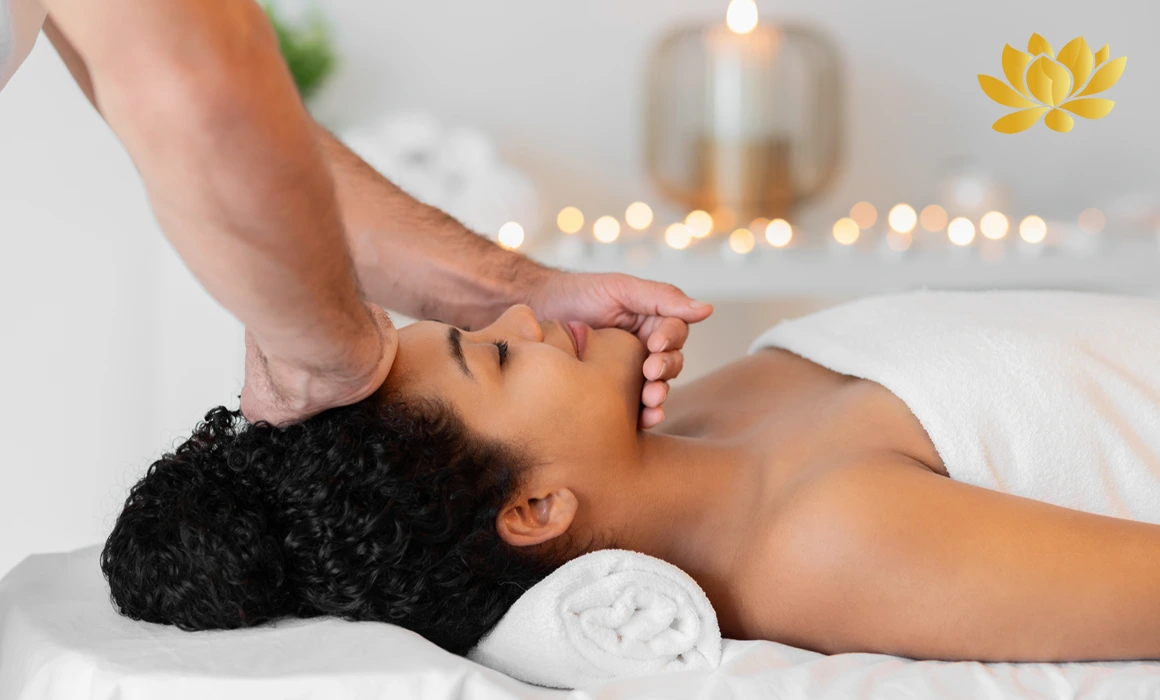
The Problem: Failing to disclose medical conditions, injuries, or recent surgeries can put your health at risk or lead to an ineffective or even harmful massage.
The Solution: Be Honest and Transparent with Your Therapist.
- Full Disclosure: Always inform your therapist about:
- Any medical conditions (e.g., heart conditions, diabetes, high or low blood pressure).
- Allergies (especially to oils or lotions).
- Recent surgeries or injuries.
- Pregnancy (very important! Requires specialized prenatal massage).
- Skin conditions, rashes, or open wounds.
- Medications you are taking (especially blood thinners).
- Areas of the body to avoid due to pain, injury, or sensitivity.
- Consult Your Doctor: If you have a serious medical condition or a new injury, it’s always wise to consult your doctor before booking a massage to ensure it’s safe for you.
Integrating Massage into Your Manila Lifestyle
Living in Metro Manila, we are constantly bombarded by stressors: traffic, work demands, pollution, and the sheer pace of city life. Massage therapy isn’t just a treat; it’s a vital tool for survival and thriving in this environment.
Imagine a city dweller, perhaps working in Bonifacio Global City, spending hours commuting, then sitting for long periods, followed by a late-night rush hour journey home. This cycle often leads to “tech neck,” shoulder tension, and lower back pain. Regular, targeted massage, combined with proper communication and a proactive approach, can significantly alleviate these common urban ailments.
- Make it a Habit: Just like you schedule your gym sessions or social gatherings, schedule your massages. Put it in your calendar.
- Explore Local Offerings: From high-end hotel spas to neighborhood wellness centers and home service options, Manila offers a diverse range of choices. Don’t be afraid to try different places until you find one that fits your needs and budget.
- View it as an Investment: An investment in your physical well-being translates to better productivity at work, more energy for your family, and a higher quality of life.
The Art of the Effective Massage Booking
Booking a massage shouldn’t be a thoughtless transaction. It’s an art that combines self-awareness, clear communication, and a proactive approach to wellness. By understanding your body, articulating your needs, choosing the right modality, and embracing massage as a consistent part of your self-care routine, you will transform your experience from a temporary band-aid to a powerful catalyst for enduring health and vitality.
So, the next time you feel the need for a massage, pause. Take a moment to truly listen to your body, consider your goals, and then book with intention. Your body, your mind, and your overall well-being will thank you for it.
The journey to optimal health is personal, and for many, it begins with understanding how to truly tap into the profound benefits that massage therapy offers. It’s time to stop booking massages all wrong, and start booking them right.



























